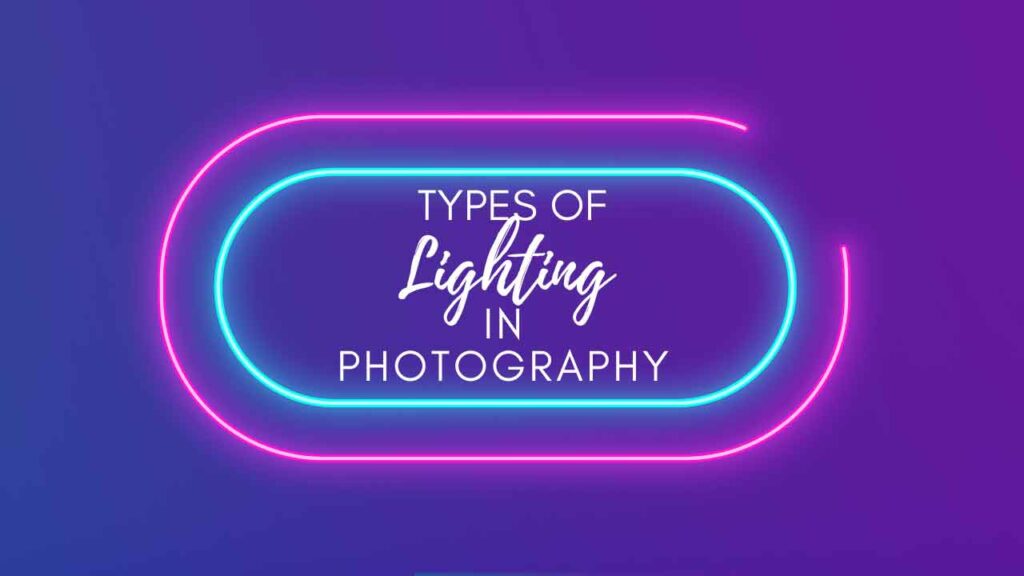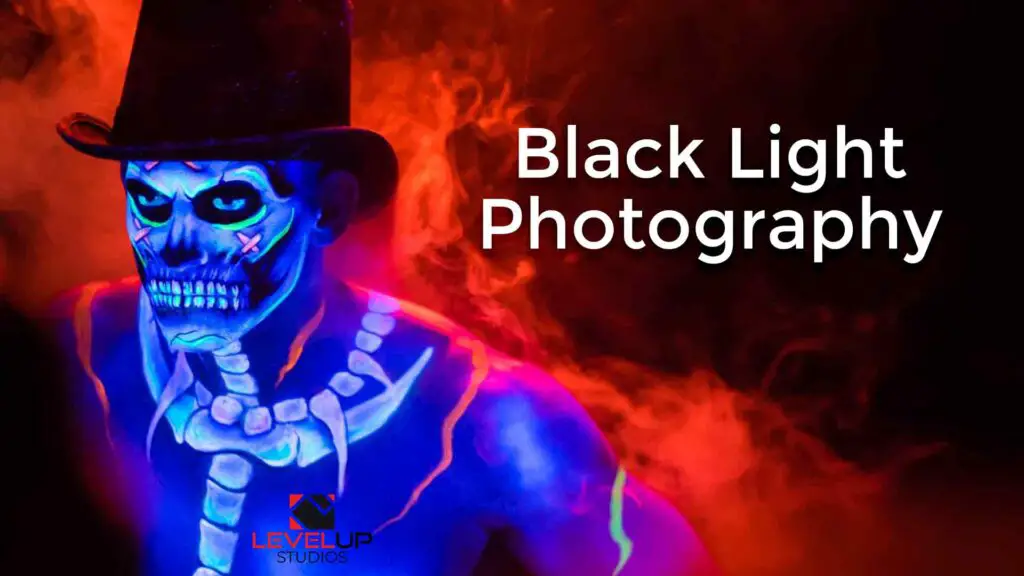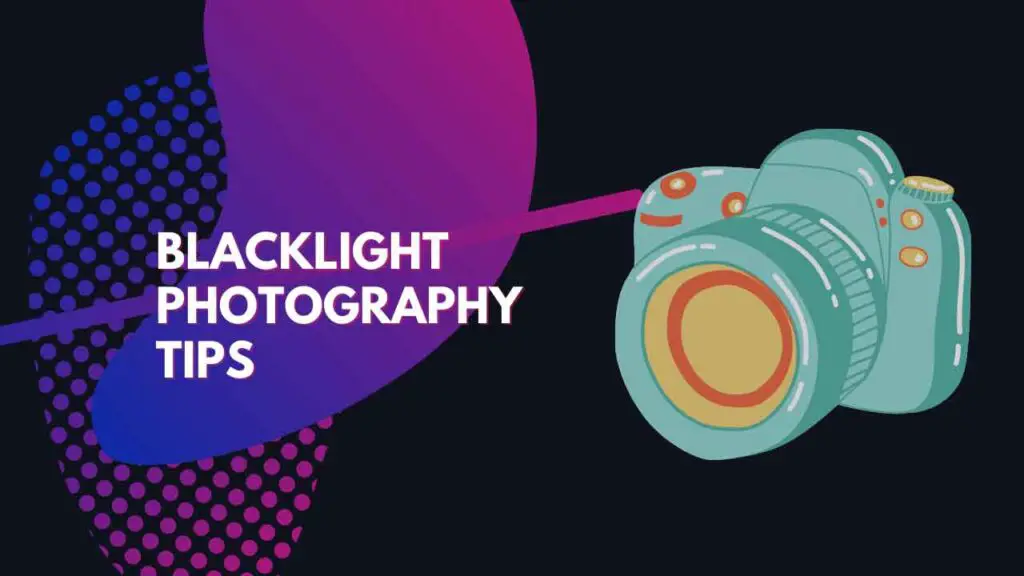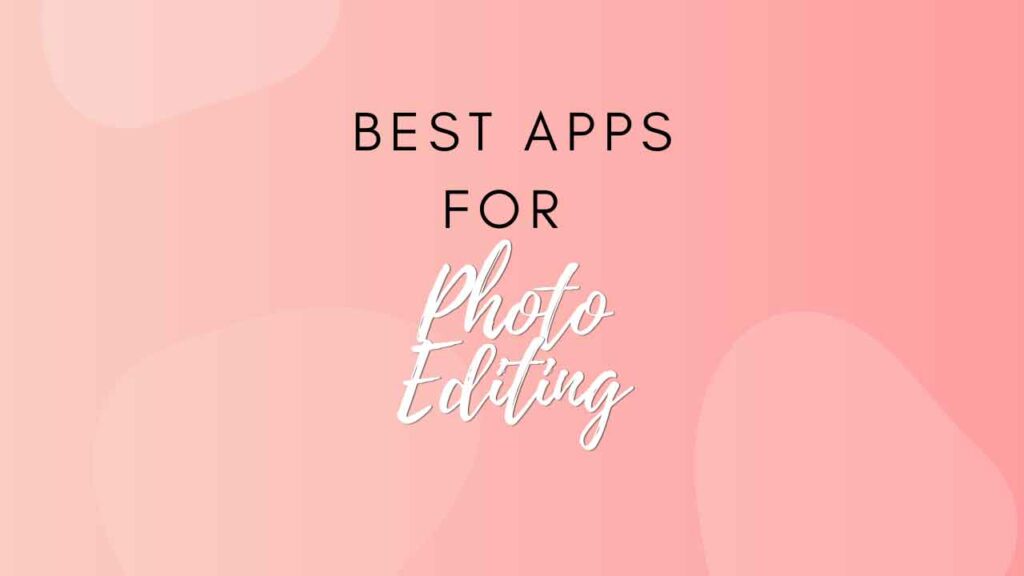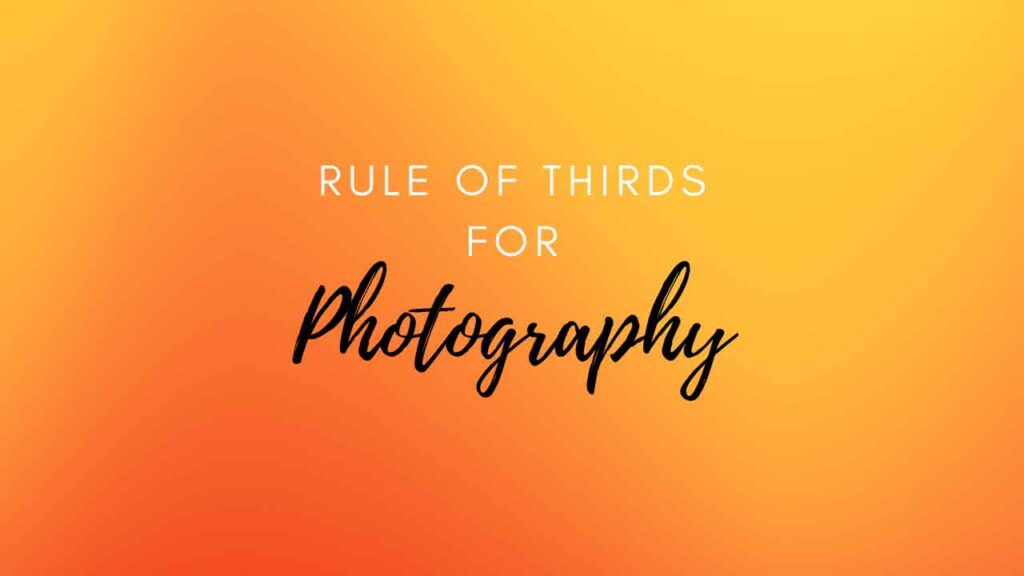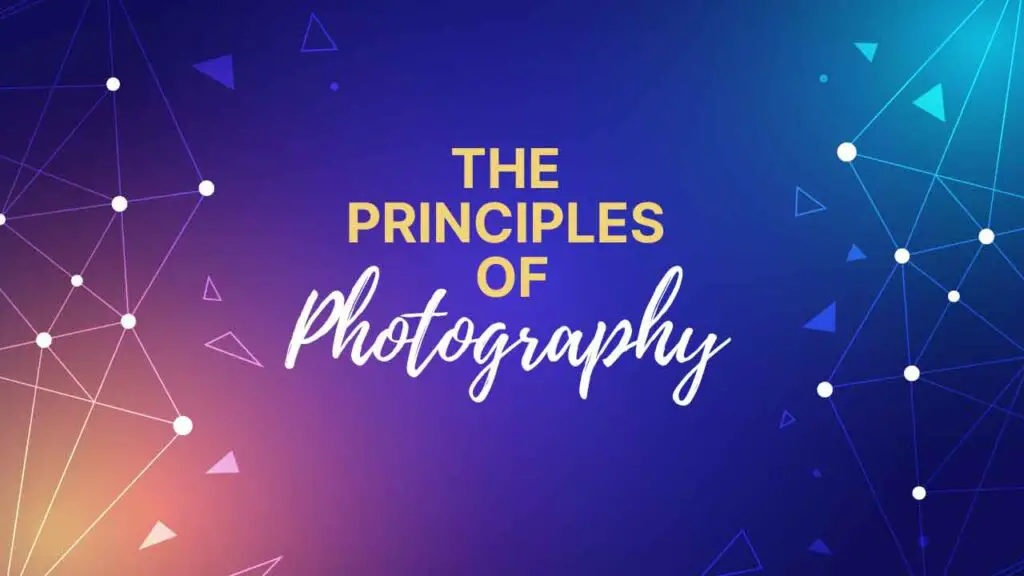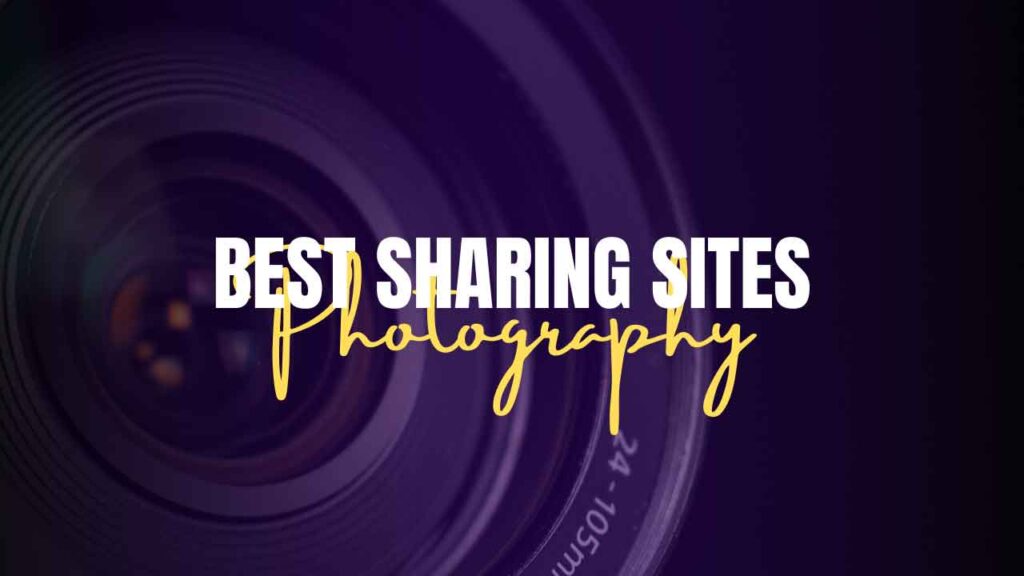THIS ARTICLE MAY CONTAIN AFFILIATE MARKETING LINKS! IN CASE YOU MAKE A PURCHASE THROUGH ONE OF THE LINKS, WE'LL GET A SMALL COMMISSION. WITH NO EXTRA CHARGES TO YOU. THANKS!!
Lighting is a key element in taking great photos. However, it’s not about just looking for the right light. It is about choosing the lighting that suits our style of photography. If you are curious about the different lighting types in photography. Keep reading this article to learn more about these lighting types of photography.
Table of Contents
- What is the significance of light in photography?
- Photography’s Light Characteristics and Intensity
- The Angle of Light for Photography
- Lighting Types in Photography
What is the significance of light in photography?
Photographers are curious about the effects light has on subjects when creating images. We also want to know the differences between indoor and outdoor lighting. It is important to understand and maximize the power of light. Light creates a certain atmosphere in photographs. A photographer knows that light is essential for conveying certain emotions in photographs. This is possible only if you master all forms of light.
Let’s now clarify two elements that are always a part of light in photographs: INTENSITY and CONTRAST.
Intensity is simply the amount of light that illuminates a subject. It can be defined as the sum of the power of the light beam, and the distance it is from the source.
Contrast: This is caused by the difference between the illumination of the shadowed and the illuminated areas. It is directly related to the intensity and quality of the light.
Let’s now look at the different intensities and high contrasts based on the type of light.
Photography’s Light Characteristics and Intensity
Soft light: This type of light is available when we photograph outdoors on a cloudy day. The sunlight is filtered through the clouds and diffused evenly across all surfaces.
Images will be flat and with minimal contrast. This light can be reproduced in a studio using diffusers. It is also widely used for portraits as skin imperfections are minimized.
Hard light: When the subject is exposed to a strong, but limited, light source. For example, the flash pop-up or flashlight light. This type of light will make the subject very contrasted, and the shadows will become very obvious.
Photographing during the main hours of daylight with a calm sky can show us how difficult it can be to expose an image correctly due to the stark differences between shadow and light areas.
The angle at which light hits the subject is another way to distinguish it.
The Angle of Light for Photography
Front light: This is when the beam from the camera directly illuminates the subject. In practice, the light source is behind a photographer. This lighting flattens an image.
Sidelight: This type of lighting is undoubtedly the best. It is easier to communicate emotions because the subject assumes three-dimensionality.
This type of lighting situation can be found in nature by simply going out in the morning or evening to take photos.
It is important to remember that the sun will always shine brighter at dawn, so our photos will have a blue cast. At sunset, the colors will turn orange-yellow. To increase the contrast between highlights and shadows, you can slightly underexpose.
Overhead Light: It is an illumination light produced when the source of light is above the model and camera. This light is produced by the sun at its highest peak during the middle hours of the day. It is rarely used as it creates strong shadows, especially under the nose or chin.
Low angle light: This type of light produces the opposite effect to the previous. The light source is located below the subject. This kind of light is only possible with artificial light. It is often used to create an atmosphere of tension, fear, and mystery. This produces very unusual shadows.
Backlighting: These are the best types of lighting situations that you can use to create beautiful photographs. You will find your light source at the front of your lens, and your subject in the middle.
It will be difficult for beginners to correctly expose because of the way the frontal light fools the sensor. The subject will appear underexposed and the background will appear burned.
Lighting Types in Photography
You know that light is vital for each object to be appreciated. Without light photography, it would not exist. Below is the list of the Lighting Types in Photography,
* Natural light comes from the sun.
* Artificial light: It can be produced by lamps, bouncers, and flashes.
We can identify the type and origin of the lighting.
* Hard light: This lighting creates shadows with defined edges. Natural Light photos, for example, are photographs taken under a powerful sun.
* Soft light: The soft light is not a harsh light, but it casts very few shadows. It comes from a low-intensity light source.
* Semi-diffuse lighting: This type allows you to highlight the volume and details of an object. It is done with large light sources like flashes or lamps that are very close to the object.
Light can also be classified based on its direction.
* Front light: This has the ability to flatten the object, project defined shadows, and remove all volume from the object being photographed.
* Lateral lighting: This type allows you to make many shadows on one side of an object while the other is very well lit.
Semilateral light: This is a 45° angle light that highlights the object’s depth.
* Fill Light: This is a supplement that illuminates low-intensity areas of the main light.
* Background or ambient lighting: This light surrounds and illuminates the object.
* Backlight: This is a great way to photograph silhouettes, highlight contrast and create an artistic style. This technique involves placing the light behind the object to be photographed.
* Contour lighting, or semi-backlighting: This is similar to backlighting. The lighting is placed behind an object at an angle of 135 degrees. It helps to distinguish the object from its background.
* Overhead lighting: The light is placed directly above the object and aimed at it with great intensity. This is for products that have very sharp vertical shadows.
You now have a good understanding of the different lighting options for photography. It doesn’t matter what style you choose, the most important thing is to experiment with different lighting styles and contrasts.
